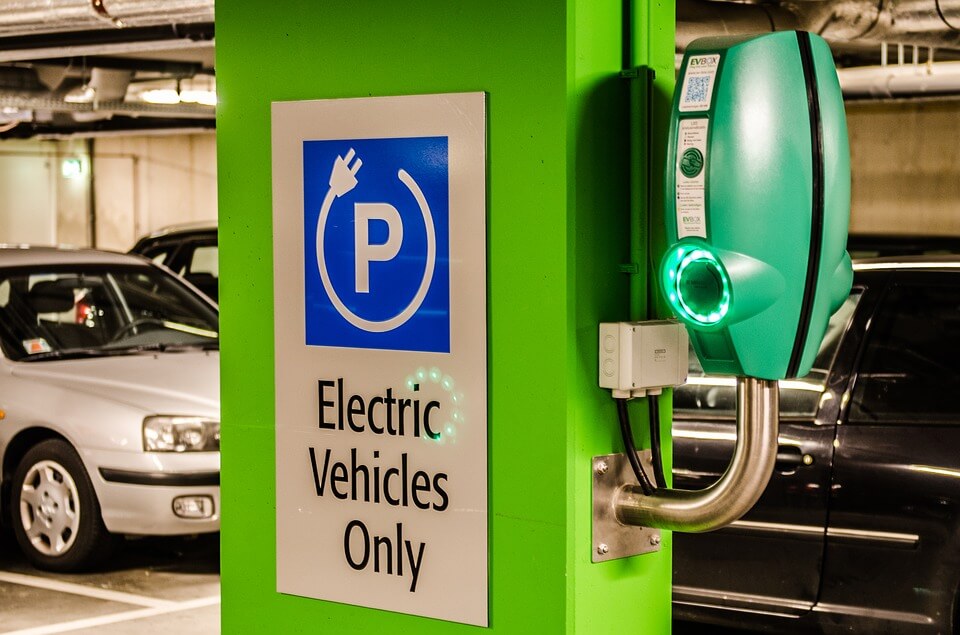Half of new learners want to learn to drive an EV

Recent research from Gridserve has highlighted an upwards trend in those wanting to learn to drive in an electric vehicle. We’ve highlighted the key takeaways from their report below.

Why are more people learning in automatic and electric cars?
Sustainable energy business Gridserve has found that almost half of drivers (48%) would be more likely to take driving lessons in an electric vehicle. Similarly, WhatCar? has also reported a threefold increase in automatic tests compared to a decade ago, citing the transition to EVs as playing a big part.
As the UK looks to continue the phasing out of combustion engines over the next ten years, there are more and more electric vehicles on the road. EV charge point locator Zapmap reports that there are now over 1,000,000 fully electric cars on UK roads, and a further 620,000 plug-in hybrids. As they operate similarly to automatic cars, it makes sense to learn in an automatic or electric car to prepare for the future of driving in the UK.

Is learning and passing your test easier in an EV?
The main appeal of an electric vehicle is its zero emissions credentials, but they also offer the additional benefit of an easier driving experience. While EVs don’t technically have an automatic gearbox, they can deliver instant acceleration without needing to shift through different gears.
Although the learning and driving experience may be somewhat simpler, the pass rate for those driving electric vehicles is lower than that of traditional combustion vehicles. This is partly because the speed of learning in an EV is often much faster than in a manual car, which means fewer lessons and less on-road experience before taking the driving test.

Are there any downsides to learning in an automatic or electric car?
One pressing concern for new drivers looking to learn in an electric car is finding someone to teach them. In their research, Gridserve reported that only 1 in 7 drivers could find a local instructor offering EV lessons. As they currently offer a somewhat niche service, EV instructors may charge more than those teaching in manual cars.
Additionally, learning in an automatic vehicle naturally means not being able to drive a manual car. While those who learn the more complex manual driving are able to fairly easily adapt to automatic or electric cars, the learning curve is much higher in the other direction. As internal combustion engine vehicles are slowly being phased out, this will become less of an issue, but there are still 31.7 million manual cars on the UK’s roads.
While 24% of learners said that they were planning to buy an electric car after they pass, it’s worth bearing in mind that electric and automatic cars carry a hefty price tag, even for used models. This could put EVs out of the price range of many new drivers, particularly young people who are less likely to have savings.

Will the rise of EVs eventually see the end of manual cars?
In 2000, 89% of newly registered passenger cars in Europe had a manual transmission. By 2023, this had dropped to just 32%. As global trends continue to move in the direction of greener, more efficient modes of transport, it’s likely that manual cars will start to die out.
It’s true that manual cars are not only falling out of fashion, but also facing extinction. With the 2035 ban on new petrol and diesel cars looming on the horizon, it makes sense that 29% of learners feel that it’s pointless learning to drive a manual car when they would spend most of their driving life in an automatic EV.
However, that’s not to say that you need to sell or scrap your manual car; if you’re happy with it and everything is still in good working order, it’s more wasteful to get rid of it just for the sake of it. The 2035 ban is still more than a decade away, by which time your manual car might have come to the end of its life anyway. You may as well get as much use out of your manual car while infrastructure such as petrol stations is still prevalent.
Back to blog



